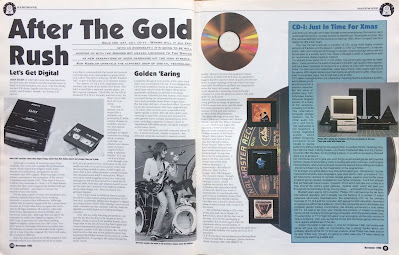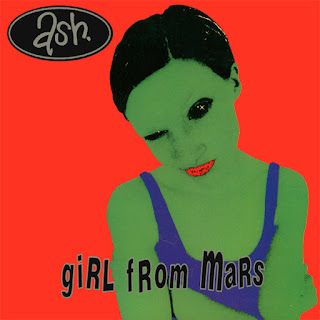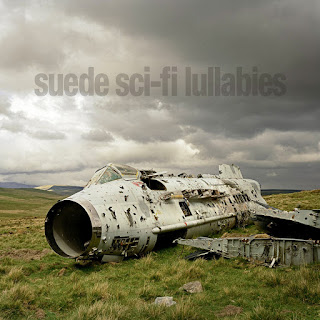I was going through some old files the other day, when I came across a speculative writing exercise I did for the Dream of a Low Carbon Future project back in 2014. The brief was to use the model of the future envisaged by the project (based on people, societies, and the human and physical environment) and write a 'day in the life' of someone from 2150. Reading it back now, some of these ideas already seem out of date (!) but anyway this is what I came up with...
The Tech Hub Librarian
Let me describe for you the conditions of my life in 2150AD. I live a fairly solitary existence. I’m not exactly a social pariah but my position in my community is a precarious one. Now at 60 years of age, with no close family, it hardly seems to matter much, although loneliness sets in from time to time. I should be grateful, at least I’m never cold; a side-effect of living in the hub is the abundance of surplus heat generated in powering the knowledge servers. My job title ‘librarian’ is somewhat deceptive. The general understanding of such a role was for many years closely associated with books and written papers, and it was those things that initially drew me to the profession. I was always attached to the romantic idea of preserving material culture - caring for the books and artefacts accumulated over centuries and so treasured by 20th and 21st century societies - that old-fashioned notion of the ‘authentic’. The reality, of course, is vastly different. The hubs constitute a digital cultural record, made up of 0s and 1s. It’s not much to look at; rows and rows of servers punctuated by the odd terminal. There’s a popular myth that these hubs still hold and protect the original treasures. In fact, most of them were sold off long ago into private collections; no one really noticed, what with all the flooding and famine. And goodness knows what happened to them after that!
Long-held prejudices persist, however, the old ‘knowledge is power’ stereotype... Naturally, it gives us librarians a bad reputation. We’re treated with general suspicion, subject to occasional threats and one extremist group is out to prove we’re a sect of information overlords, who control the inner workings of society. Par for the course, I suppose. Perhaps once there was some grounding for this conspiracy theory. Back in the 21st century, huge server warehouses (probably resembling the hubs of today) used to guide the investment of trillions of assets all over the world, prolonging the boom years and delaying the inevitable financial collapse of world economies by almost 100 years. Sinister stuff. Now, the economy is relatively transparent, although the Citizen’s Income allocation gets more farcical every year. Yes, gone are the ‘knowledge societies’ of the 21st century. A popular, widely held view is that culture is dormant and we’ve returned to the Dark Ages. Odd time to be a librarian, eh?
It’s all nonsense though! The concept of high culture may be dead but a different kind of cultural value has taken centre stage: know-how, as opposed to Knowledge with a capital ‘K’. There’s still an appetite for heritage in my community but more in the form of family history, which has always been popular. That’s what the majority of the hub’s visitors come for. In the 21st century, there were companies that compiled huge databases of information, digitized from written records: birth, death and marriage certificates, newspapers etc. The floods wiped most of them out but there are still records, saved from the Amazon servers, of individuals’ purchasing history. An odd kind of family history if you ask me but people seem to be fascinated to learn that on the 23 May 2050 great great grandad bought a new birdfeeder. They obviously find all that consumerism rather quaint.






















